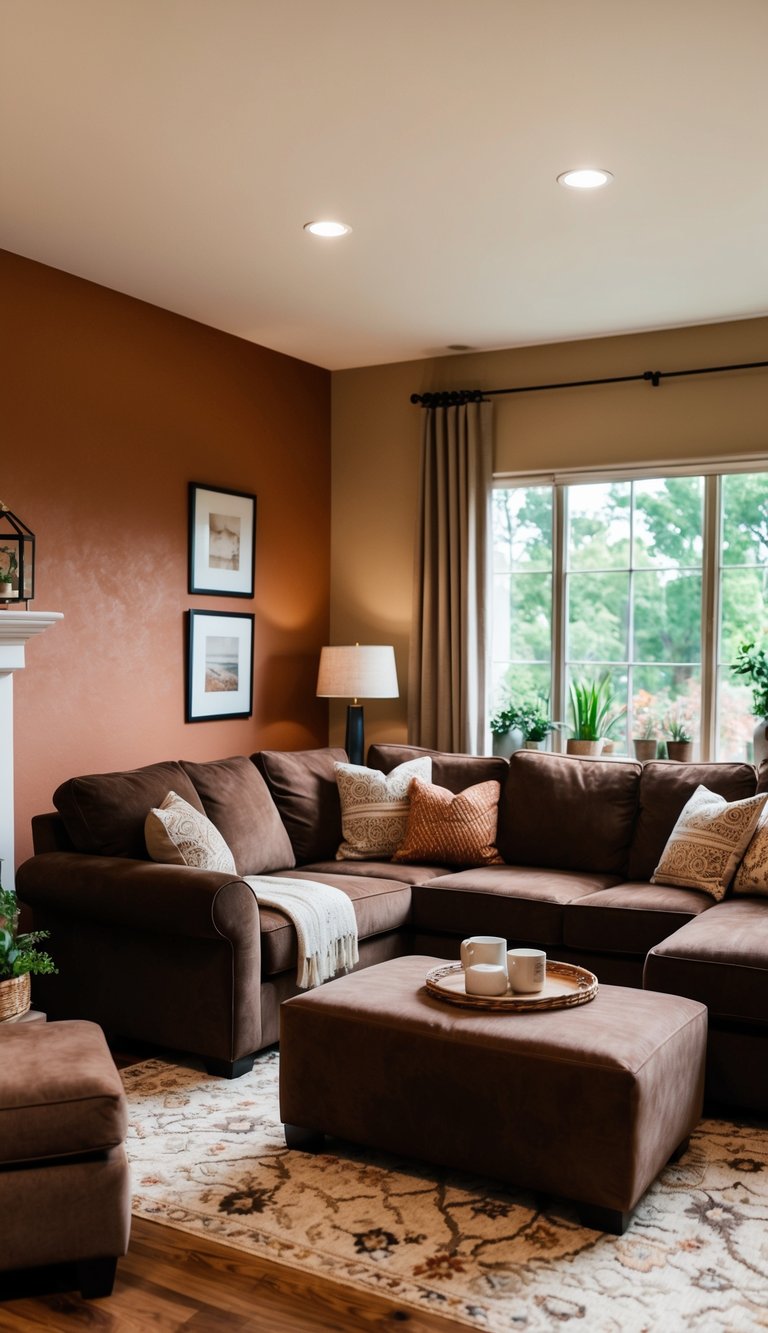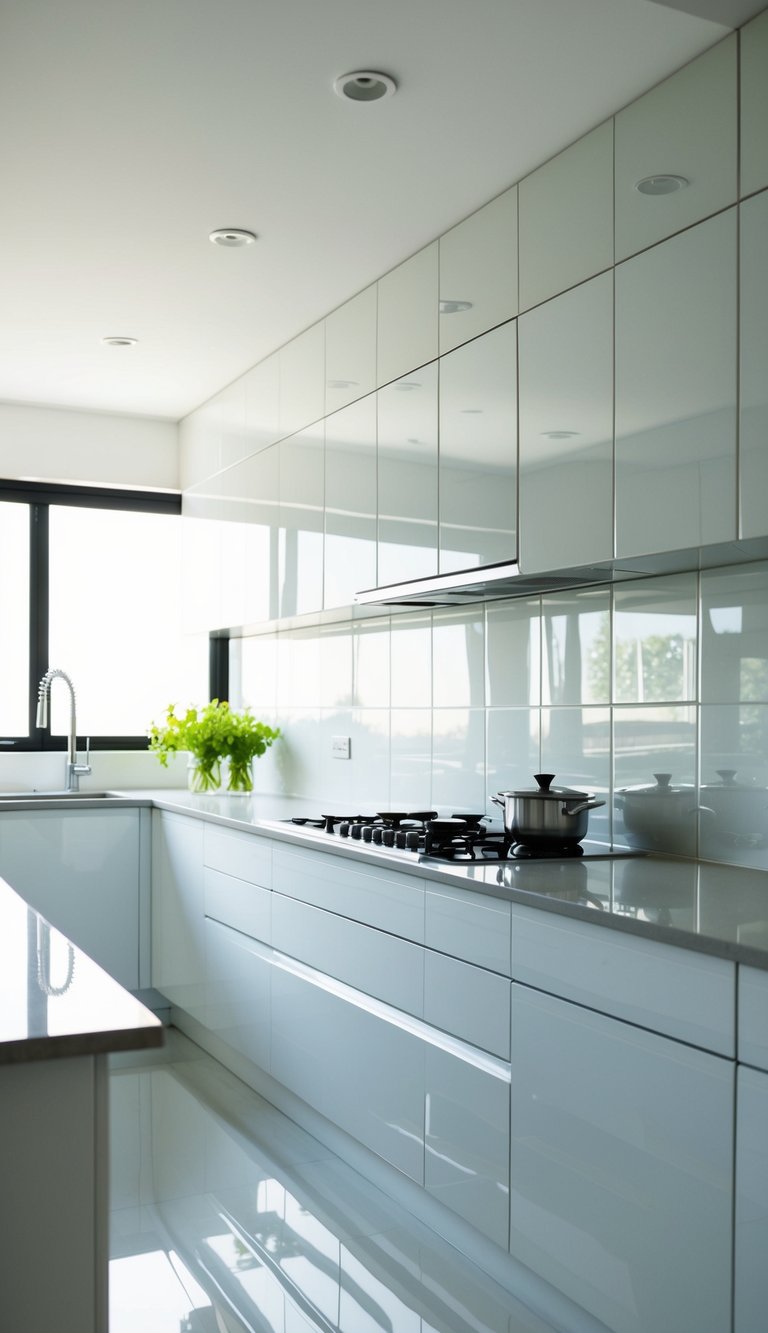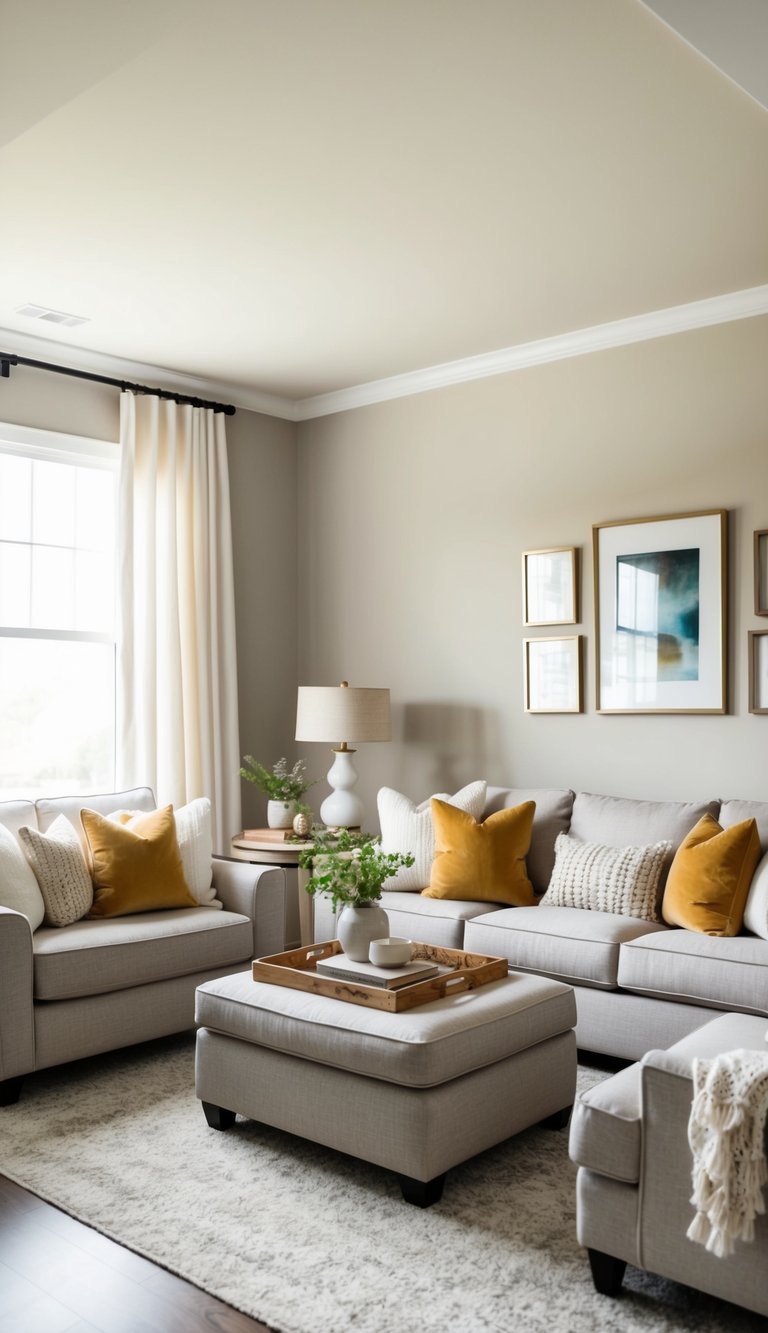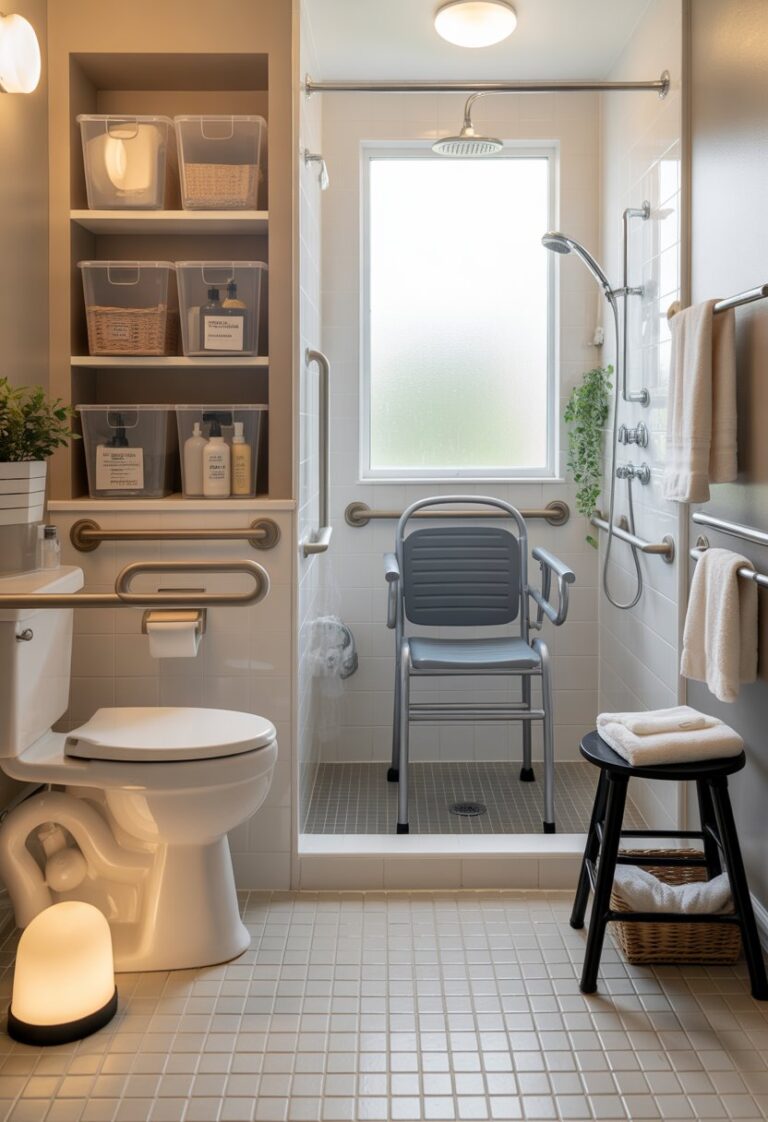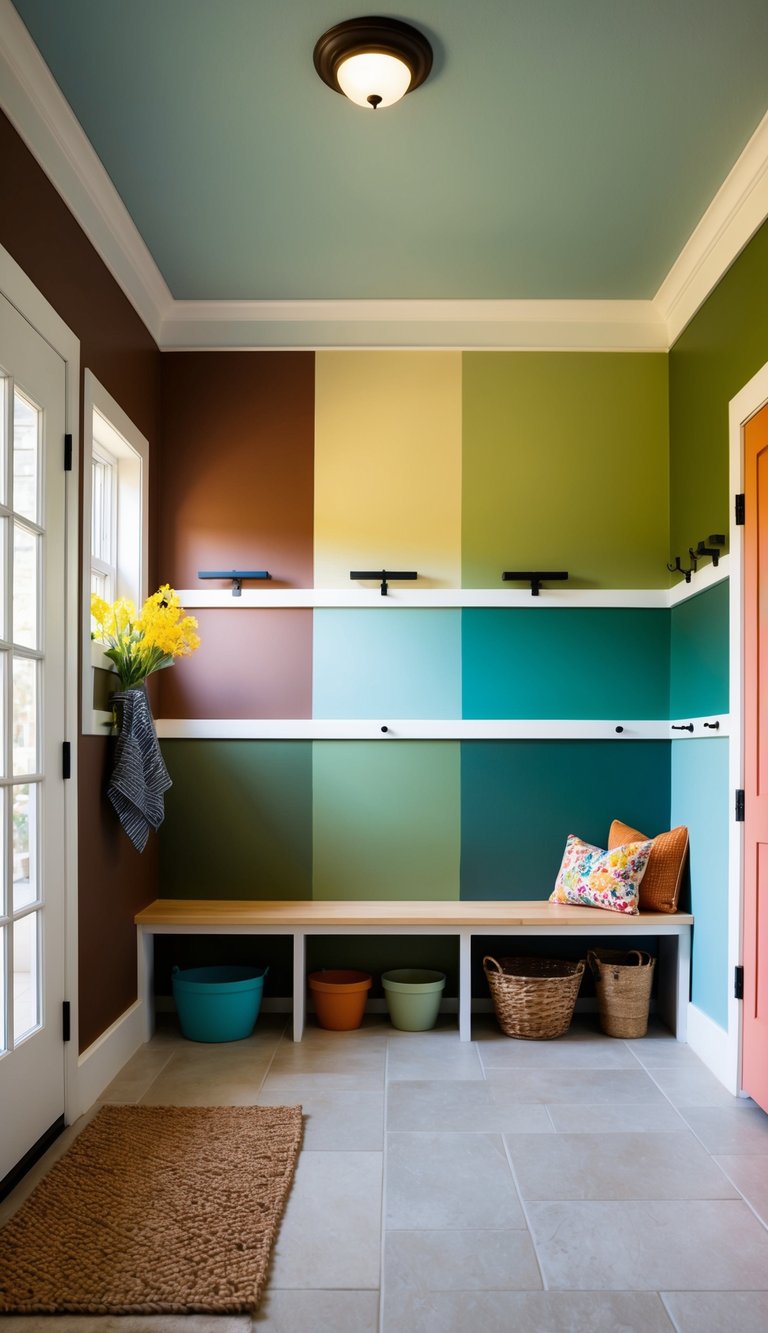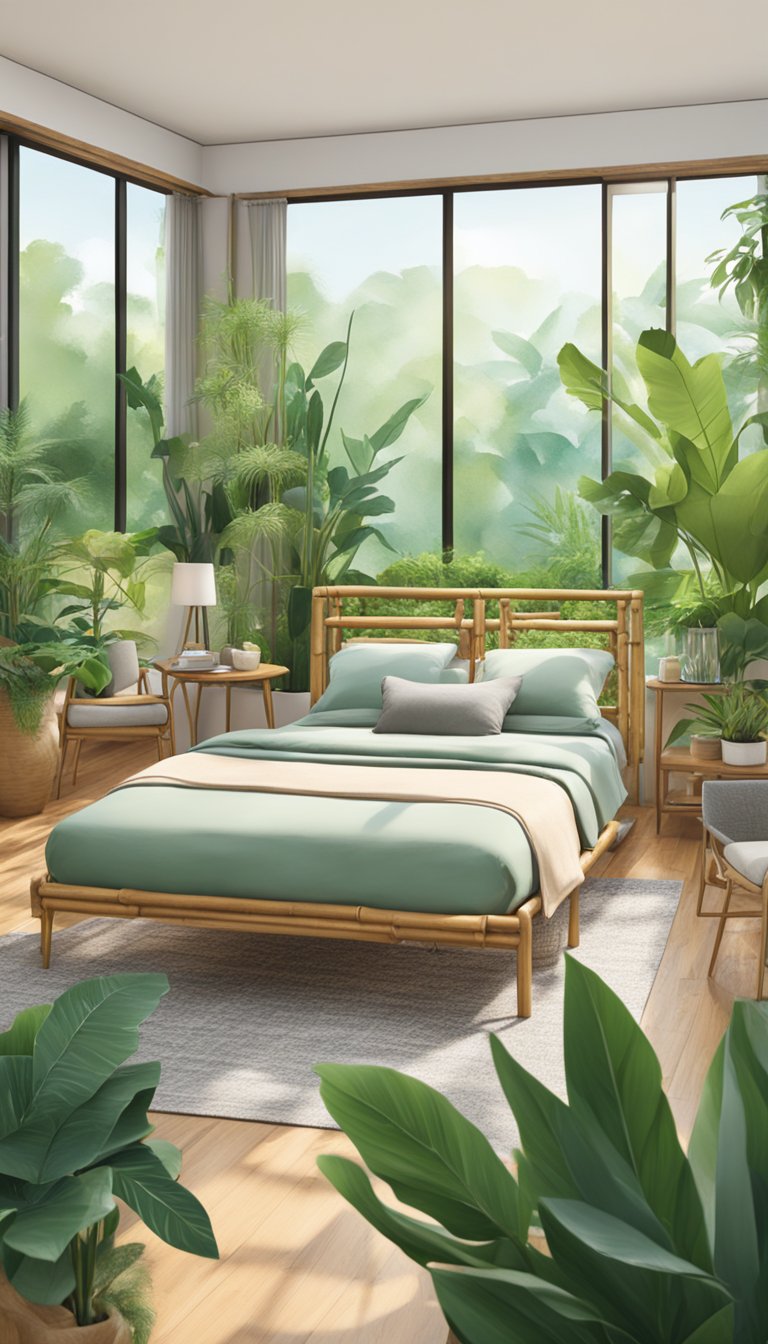Finding ways to make your outdoor space more inviting doesn’t have to be expensive or complicated. If you’re looking for 7 cheap backyard ideas, you’re not alone—many seniors and families want simple changes that offer both comfort and peace of mind.
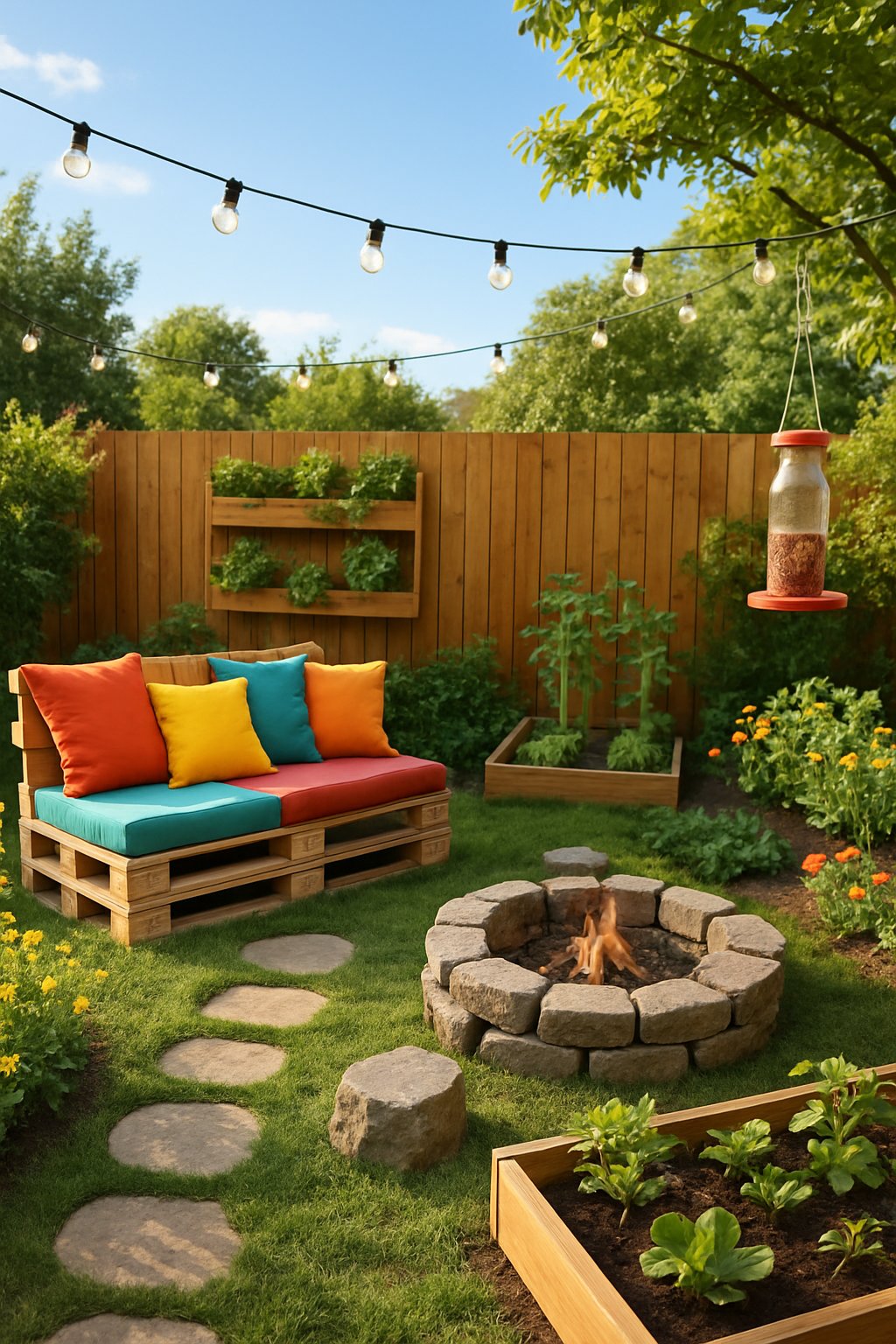
You can enjoy a safer, more comfortable backyard without spending a lot, and these ideas are meant to help you feel confident making small but meaningful updates. Whether you want a place to relax, garden, or spend time with loved ones, creating a space that suits your needs can support your independence and well-being.
1) Build a simple fire pit using bricks or stones for cozy gatherings.
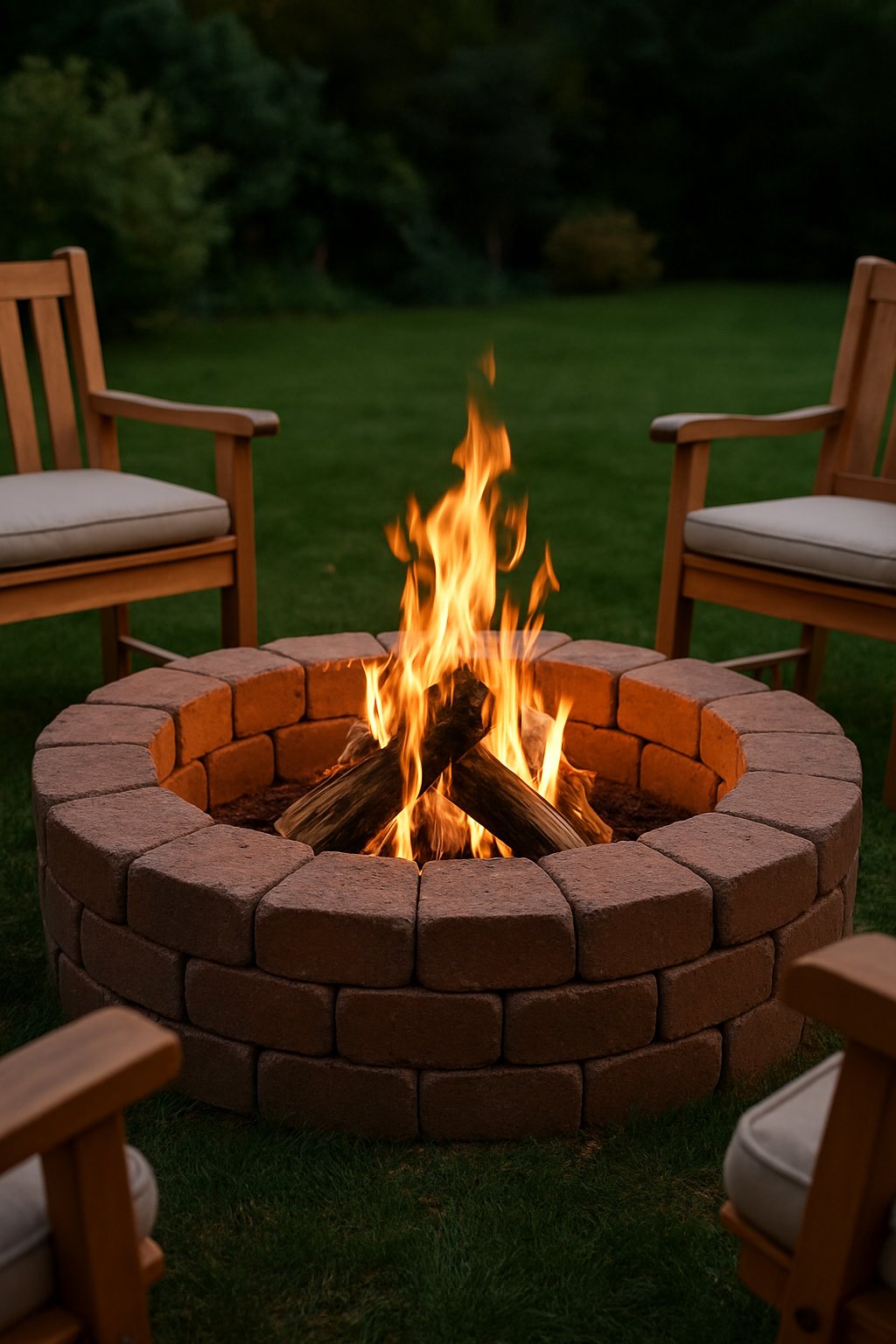
A small fire pit can bring warmth and comfort to your backyard without costing much. You can use bricks, stones, or pavers to build one, often with materials you already have or that are easy to find at home stores.
Start by choosing a safe, level spot away from trees and bushes. Mark a circle where you want the fire pit, making sure there is enough space around it for chairs.
Place the bricks or stones in a ring shape. Stack them no higher than knee level for safety. There’s no need for special tools, just make sure the wall is sturdy and stable.
If you want, add a layer of sand or gravel at the bottom to improve drainage. This helps keep the fire pit clean and safe to use.
A fire pit gives you a cozy place to relax with family or friends. It’s a gentle way to enjoy evenings outdoors, share stories, or make simple treats like marshmallows. Always keep water or a fire extinguisher nearby for peace of mind.
2) Plant native trees and shrubs to create a low-maintenance garden.
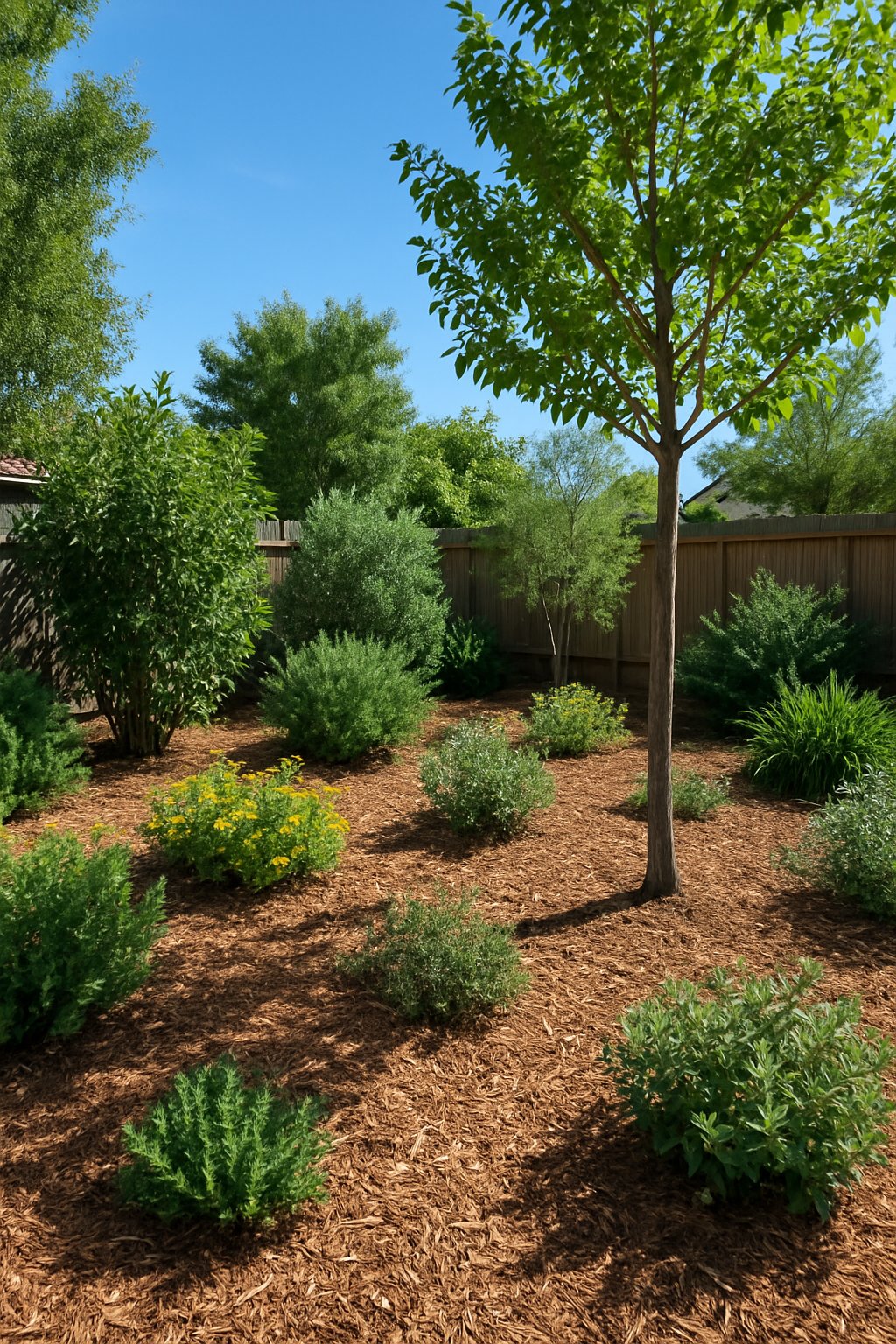
Choosing native trees and shrubs can make caring for your yard much easier. These plants grow well in your local climate, so they need less water and attention. You won’t have to worry about replacing them often, since they are more likely to thrive.
Native plants can also attract helpful wildlife like birds and butterflies. Watching birds visit your yard can bring simple joys every day. Some shrubs, such as American Elderberry or Red-Osier Dogwood, even add privacy without much effort.
Besides saving effort, growing native plants can help your local environment. Native trees and shrubs can support bees and other pollinators. You might also save money on water and lawn care products over time.
When choosing what to plant, consider plants that are known to do well in your area. If you are not sure which ones to pick, a local nursery or gardening group can guide you. This makes planting much less stressful.
By planting native trees and shrubs, you give yourself a colorful, restful space that is easy to keep up with. This can help you enjoy your backyard more and worry less about yard work.
3) Create DIY raised garden beds with reclaimed wood for easy planting.
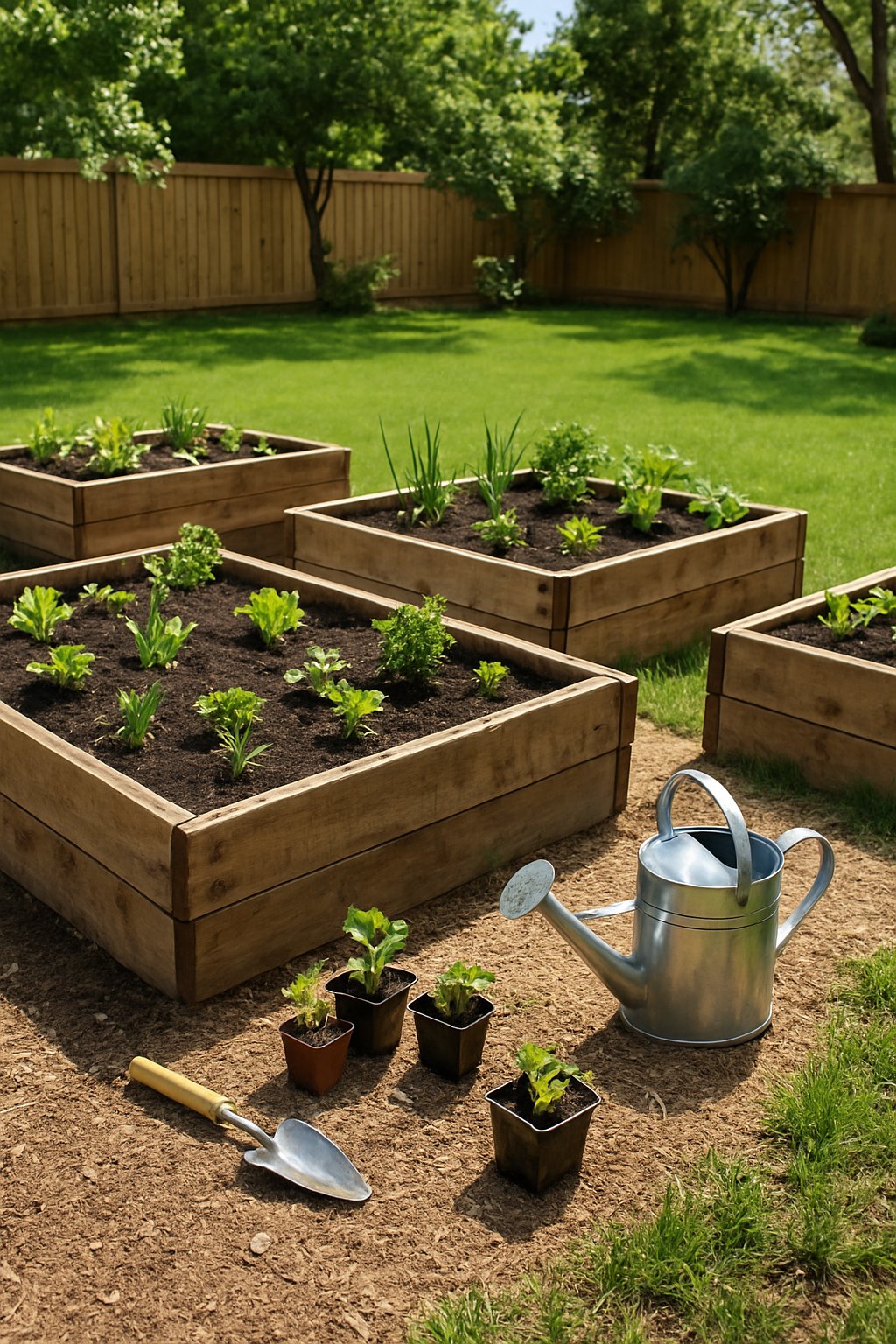
Building your own garden beds can save money and let you choose a shape that fits your yard. Reclaimed wood, like old cedar fence boards or deck planks, works well for this project. Check the boards for nails or damage before starting.
Raised beds help keep your garden soil loose and make planting much easier on your back and knees. You will not have to bend or kneel as much, which can make gardening more comfortable and enjoyable.
Try to keep each bed around 3 to 4 feet wide, so it is easy to reach the middle from either side. This size is helpful for easy planting, weeding, and harvesting. Use strong pieces for the corners to help your beds last longer.
If you do not have any leftover wood, check with neighbors or local building sites. Sometimes people are happy for you to take unused boards off their hands. Remember to use untreated wood whenever possible for safety, especially if you are growing vegetables.
Enjoy the freedom to choose the right spot for your beds. A sunny corner or along a fence can both work well for most plants. Raised beds keep your garden tidy and can be a gentle way to start a new hobby.
4) Install a pergola with climbing plants for natural shade.
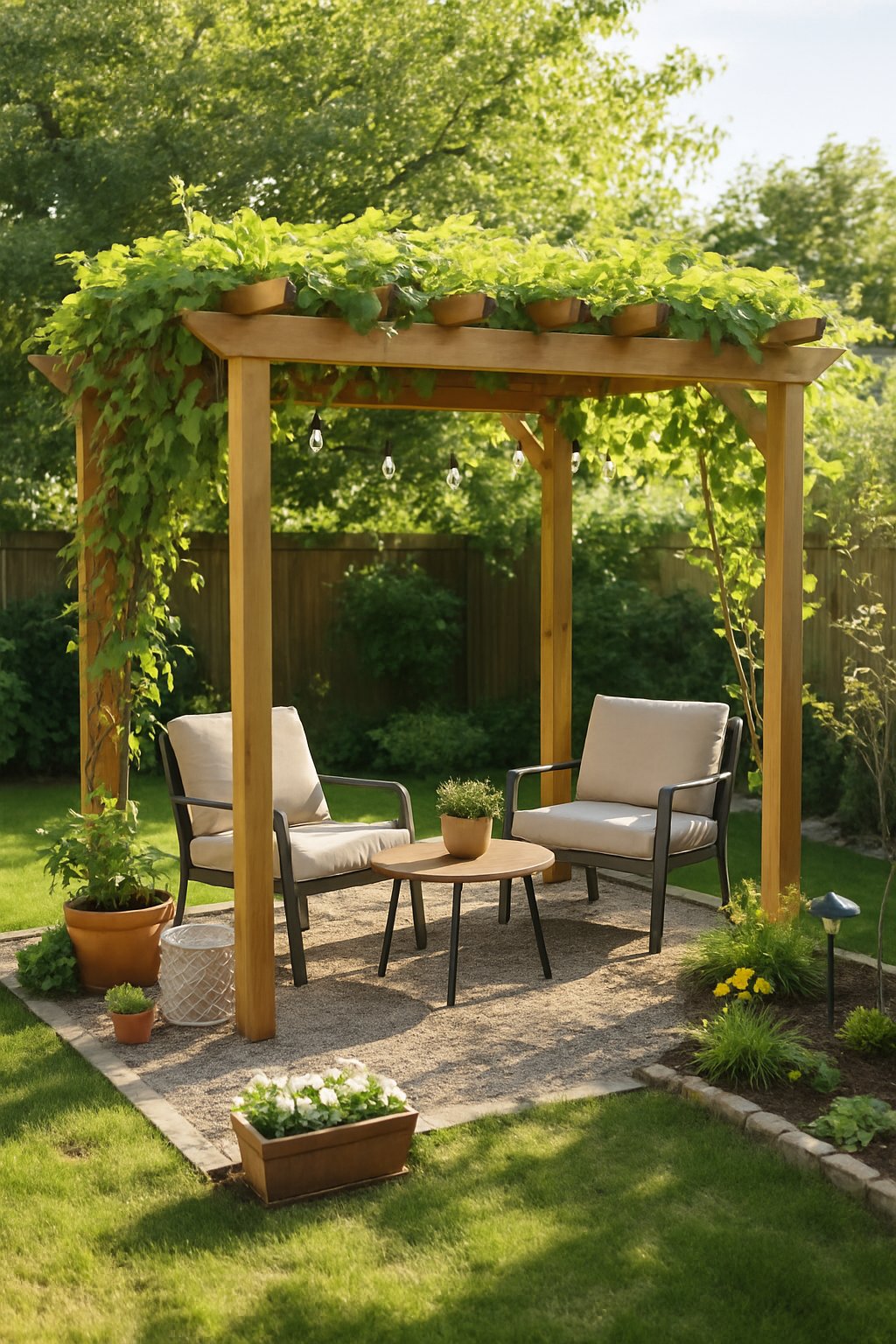
A pergola is a lovely way to create comfort and beauty in your backyard. It offers a cozy spot for sitting, reading, or chatting with friends. If you place it near your home or favorite sitting area, you might find yourself spending more time outdoors.
You can add climbing plants such as jasmine, wisteria, or even roses. These grow up and over the pergola, providing gentle shade and a touch of greenery. Many climbing plants also have soft scents, making the space even more inviting.
Building a basic pergola can be affordable, especially if you use simple wood or metal. Most home stores sell easy-to-assemble kits. If you’re handy, you may be able to build one yourself or with a friend.
Choose plants that fit your local climate and need little care. Watering them regularly and tying young vines to the posts will help them thrive. Over time, you’ll enjoy cooler shade and a relaxing garden retreat right outside your door.
5) Use vertical garden planters to save space and add greenery.
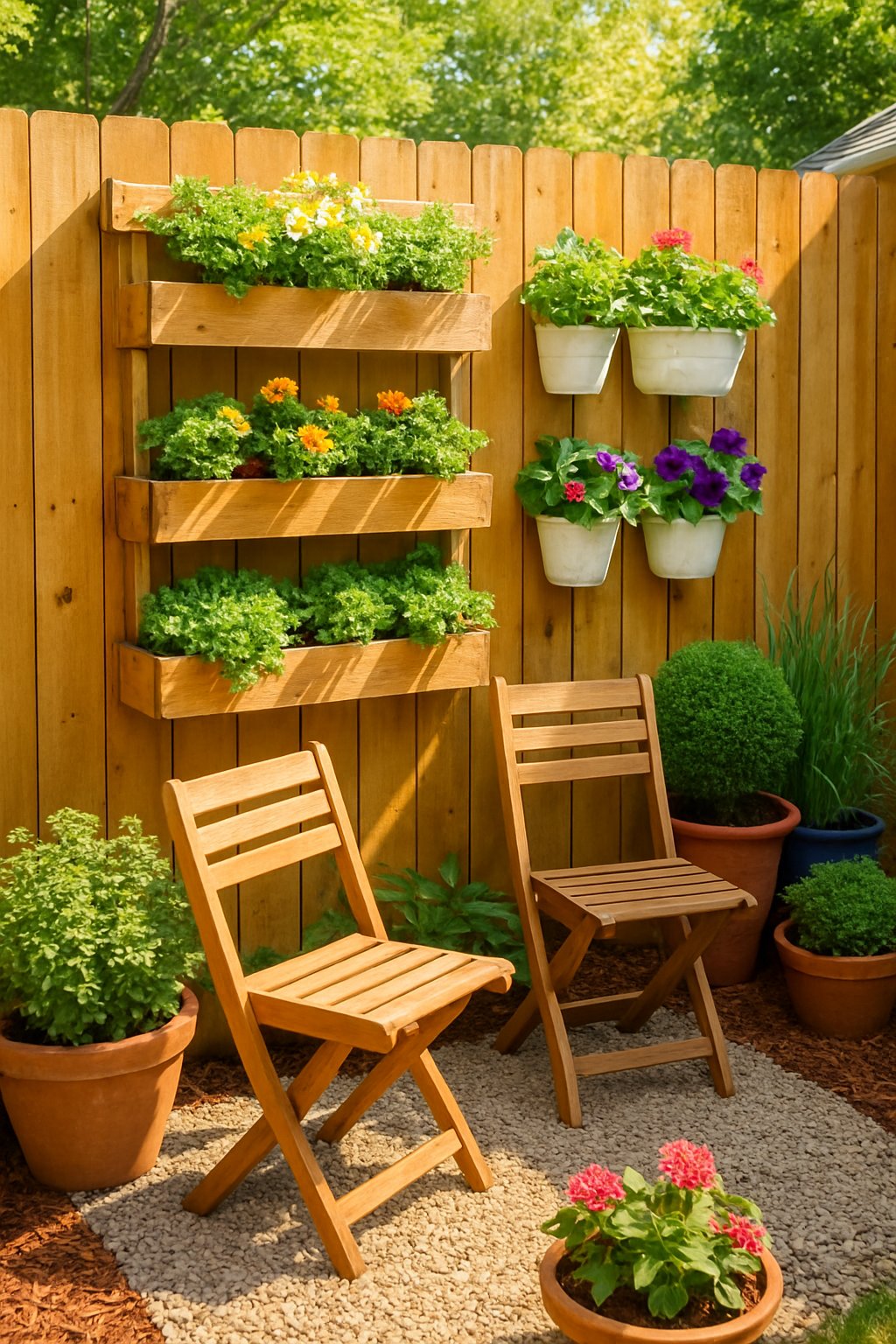
If you don’t have much room, vertical garden planters can help you make the most of your space. These planters go upward instead of outward, so you can enjoy more plants without taking up extra ground. They work well on patios, decks, or along a fence.
You can find affordable planters made of fabric, plastic, or wood. Some options have pockets, while others have shelves or slots for pots. Choose a style that feels easy to reach and maintain.
Vertical gardens are good for growing herbs, flowers, or even small vegetables. Having fresh greenery close by can make your outdoor area feel more inviting. You might enjoy watering and caring for these plants each day.
Most vertical planters are simple to hang or set up. Many kits need only basic tools. Look for sturdy hardware to keep your planters safe and steady. If bending or reaching is sometimes hard, choose lower sections or place your planters within easy arm’s reach.
Adding a vertical garden not only saves space but also makes your backyard peaceful and bright. With a little care, you’ll have fresh color and life right outside your door.
6) Add a porch swing for a relaxing spot to enjoy your yard.
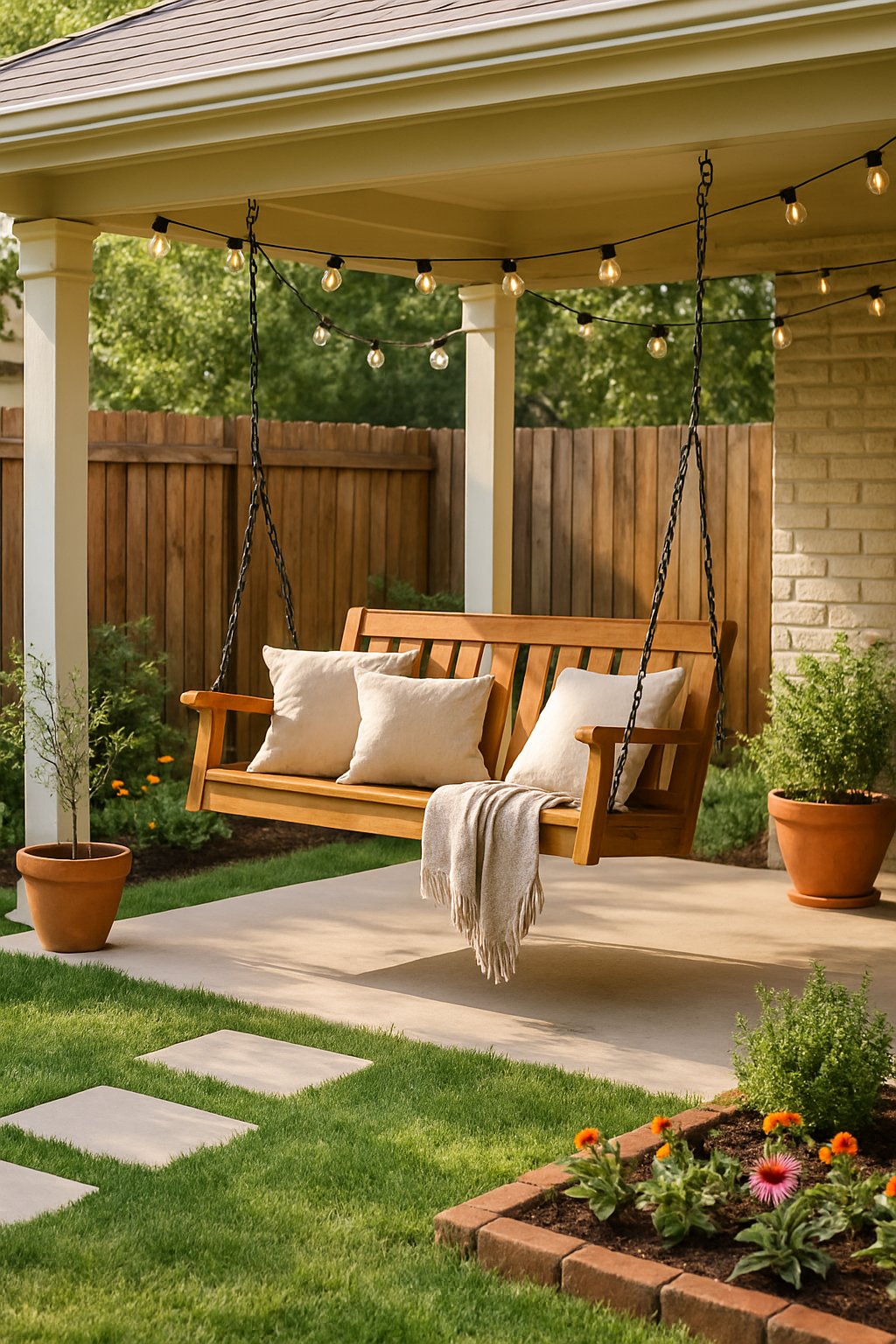
A porch swing can be a gentle way to enjoy your backyard. You can sit and unwind, listen to the birds, or read a favorite book. It creates a peaceful corner just for you.
Many porch swings are easy to find at stores or online, often costing between $150 and $500. You can choose a simple wooden bench or look for one with cushions for extra comfort. Some models are easy to assemble and hang from a strong porch beam.
If you do not have a porch, you can use a freestanding swing. These come with their own frame and do not need to be attached to your home. Always check that the swing seat and hardware are sturdy before use.
Adding a few soft pillows or a small blanket can make your swing even more inviting. Enjoy a quiet moment alone or share the space with a friend or loved one. A porch swing can help you feel more at home outdoors without spending a lot of money.
7) Lay fresh mulch to brighten flower beds and reduce weeds.
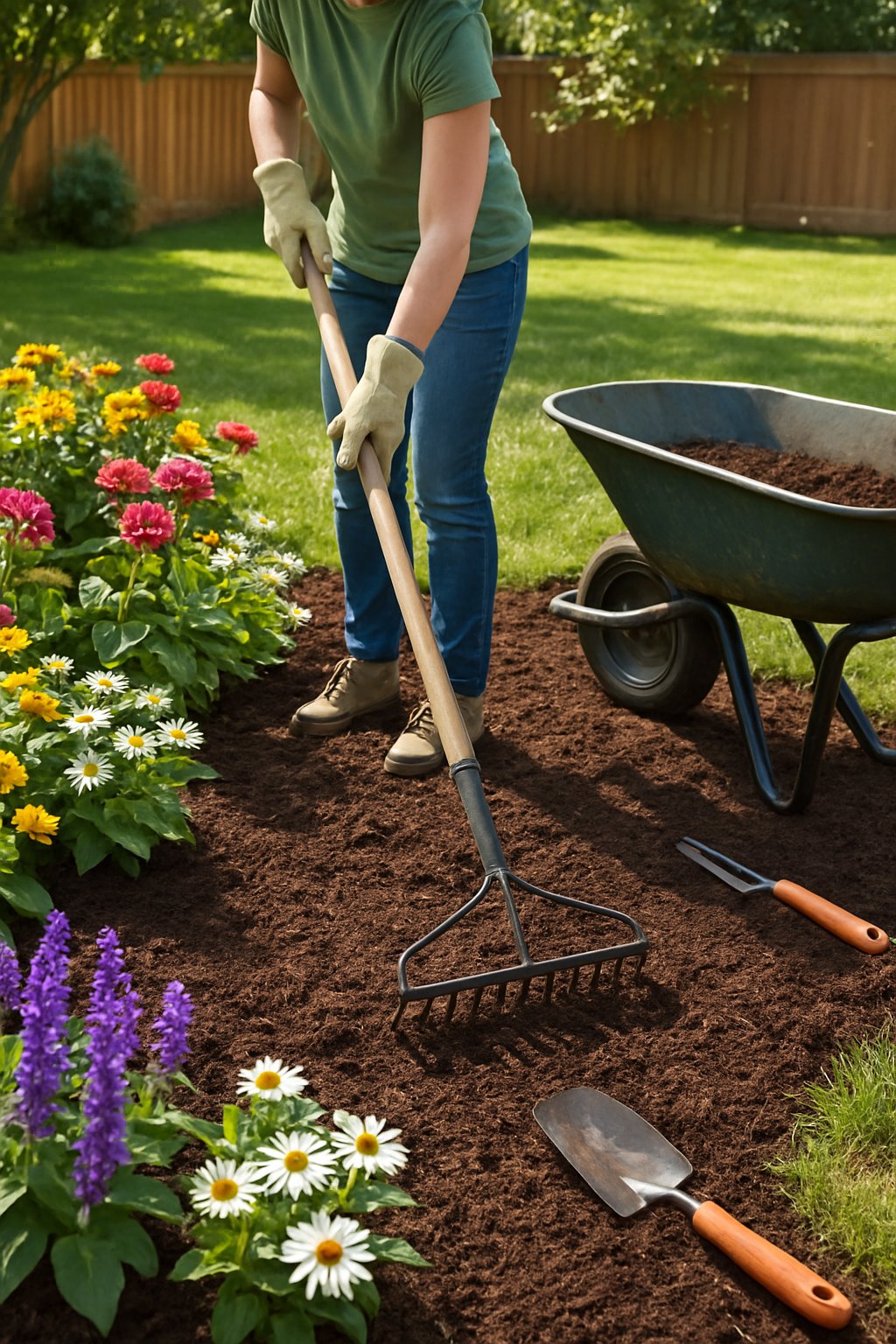
Laying fresh mulch is an easy way to tidy up your garden and help your plants stay healthy. Mulch comes in several styles, including wood chips, bark, straw, and even rubber. It’s easy to spread, and you don’t need special tools or experience to get started.
A new layer of mulch makes flower beds look neat and inviting. Mulch also covers the soil, keeping weeds from popping up and making extra work for you. It can help the soil hold moisture, which means you might not have to water as often.
Uncolored mulch, like natural bark, is often less expensive and safer for pets. You can even use cardboard under your mulch to block weeds. Just lay the cardboard flat, add water so it stays in place, and cover the area with a few inches of mulch.
When you add mulch each year, your yard will look clean, welcoming, and well cared for. This small step can bring comfort and independence as you enjoy your outdoor space. Remember to avoid piling mulch against plant stems to keep them healthy.
How to Plan a Safe and Comfortable Backyard Space
Every backyard can become a peaceful and secure place to relax. Careful planning helps you avoid bumps, trips, and aches, while making daily use much easier.
Considering Accessibility Needs
Making your backyard easy to move through supports safety and comfort. Wide, even pathways make walking and using a cane or walker much simpler.
Pathways should be at least 36 inches wide and built from level materials like pavers or concrete. Avoid sudden steps or changes in height—gentle ramps are better for everyone.
If you enjoy gardening, raised beds set at waist height mean less bending. Choose seating with sturdy backs and arms to help with getting up and down.
Good lighting is important. Install solar-powered lights along paths and steps to reduce the chance of falls after dark. Clear away clutter like hoses, toys, or tools to keep walkways open and safe.
A table can help you compare key features:
| Area | What to Include | Why It Matters |
|---|---|---|
| Paths | Wide, flat, well-lit | Easier movement |
| Seating | Arms, stable, not too low | Safe sitting/standing |
| Garden Beds | Raised, easy reach | Less bending |
Choosing the Right Materials for Safety
Your choice of materials makes a big difference in how safe your backyard feels. Non-slip surfaces on patios and walkways are important, especially after it rains.
Concrete, textured pavers, or rough stone offer better grip than smooth tile or wood. If you like the look of wood decks, pick boards with grooved surfaces and use non-slip paint or tape on steps.
For outdoor furniture, select sturdy chairs and tables that won’t tip. Lightweight plastic can blow over and cause a tripping hazard. Look for materials labeled weather-resistant to avoid splinters, rust, or breakage.
Fencing or plant screens can add privacy and block wind, making your space more enjoyable. Always check for sharp edges or points before adding anything new to your yard.
Simple, thoughtful choices help you make the backyard a safer, more welcoming place for everyone.
Simple Ways to Maintain Your Outdoor Retreat
Keeping your backyard enjoyable and stress-free can be easy with the right approach. A few simple habits and cost-saving ideas go a long way toward keeping your space tidy and inviting.
Seasonal Maintenance Tips
Each season brings new tasks, but they don’t have to be hard. In spring, trim bushes and clear away debris from winter storms. For summer, water your plants in the morning to prevent evaporation and check for signs of pests.
Autumn is a good time to rake leaves and add them to a compost bin. In winter, protect outdoor furniture with covers or move them indoors if possible. If you have walkways, sweep them often to avoid slipping hazards.
Write down reminders in a notebook or on your phone for tasks like fertilizing or checking for weeds. If you work a little at a time, big chores feel more manageable.
Low-Cost Upkeep Strategies
There are many ways to care for your backyard without spending much. Use mulch or rocks to keep weeds down and help the ground hold moisture. Recycle grass clippings and fallen leaves as mulch—it’s free and helps your plants.
Choose low-maintenance plants, such as succulents, native shrubs, or perennials that come back year after year. This means less replanting and less work overall.
If you enjoy DIY projects, consider making your own compost. A small pile in the corner of your yard can create rich soil for your garden beds. Look for budget-friendly tools at second-hand shops or community sales to save money and stay prepared.

